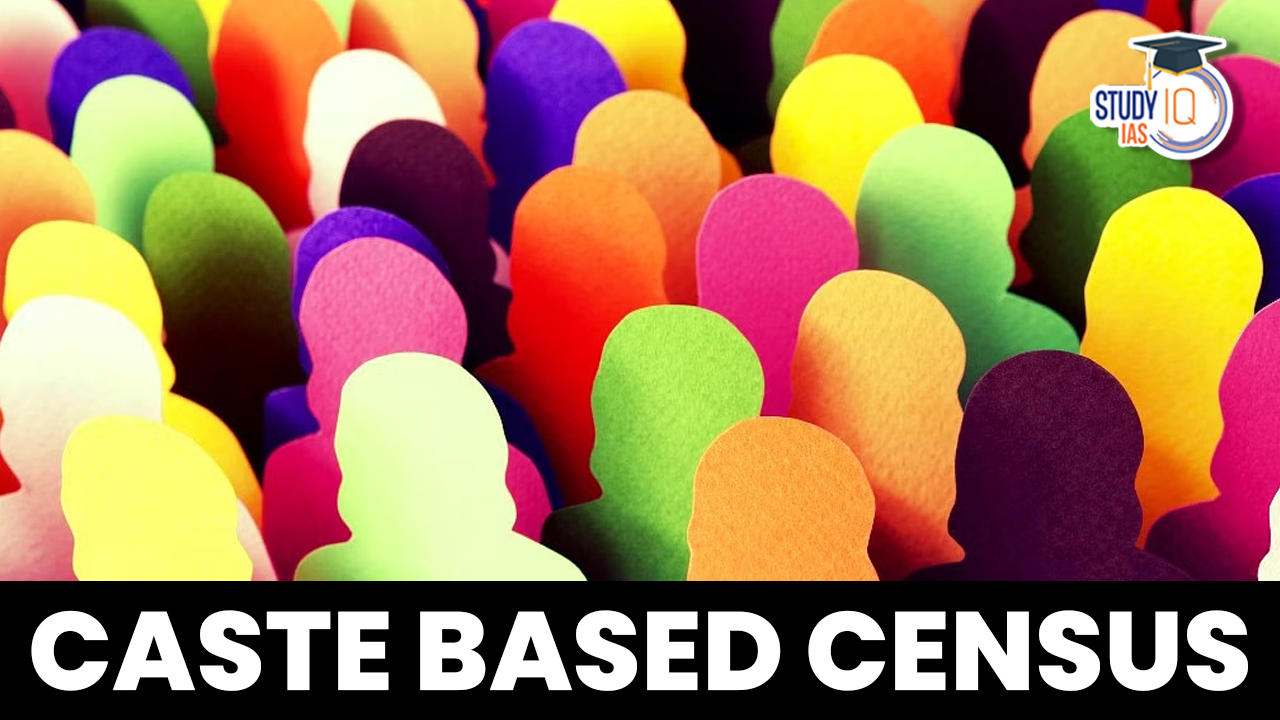Table of Contents
Context: The Supreme Court is scheduled to hear a batch of petitions challenging the verdict of the Patna High Court, which upheld the Bihar government’s ongoing caste-based census survey.
What is Caste Based Census?
- Caste based census or the Socio-Economic and Caste Census (SECC) is a comprehensive study that examines the socio-economic status of rural and urban households, and it also gather information about the caste distribution within the population.
- Historical background:
- Every Census in independent India from 1951 to 2011 has published data on Scheduled Castes and Scheduled Tribes, but not on other castes.
- Before that, every Census until 1931 had data on caste.
- However, in 1941, caste-based data was collected but not published.
- SECC 2011 was the first caste-based census since 1931 Census of India.
- Difference between Population Census and SECC:
- The Census provides a portrait of the Indian population, while the SECC is a tool to identify beneficiaries of state support.
- Since the Population Census is carried out under Census Act, 1948, all the population data under it is considered confidential. Whereas, personal information given in the SECC is open for use by Government departments to grant and/ or restrict benefits to households.
- About SECC-2011:
- Ministry of Rural Development commenced the SECC 2011 on 29th June, 2011 through a comprehensive door to door enumeration across the country.
- Components: SECC 2011 has three census components, but under the overall coordination of Department of Rural Development.
- Census in Rural Area has been conducted by the Department of Rural Development.
- Census in Urban areas is under the administrative jurisdiction of the Ministry of Housing and Urban Poverty Alleviation (MoHUPA).
- Caste Census is under the administrative control of Ministry of Home Affairs: Registrar General of India (RGI) and Census Commissioner of India.
- SECC 2011 is also the first paperless census in India conducted on hand-held electronic devices.
- However, SECC 2011 did not publish the caste data. The SECC data excluding caste data was finalized and published in 2016.
- The government has said this entire data set is flawed and the census is unreliable, rendering it unusable for the purposes of reservations and policy. For these reasons, it has refused to make public even the raw caste data of the SECC-2011.
Arguments for and against Caste based Census
| Arguments For | Arguments Against |
|
|
Government’s Stand on the inclusion of caste in the regular 2021 census
- The government has cited numerous administrative, operational and logistical reasons to argue that collecting caste data during the 2021 census is unfeasible and attempting it could endanger the census exercise itself.
- Secondly, the preparatory work for a census starts three to four years earlier. As for the census, the questionnaires have already been finalized and field-tested. It is, therefore, not possible to add additional questions about caste now.
- Thirdly, unlike in the case of the SCs and the STs, there is no constitutional mandate for the Registrar-General and Census Commissioner of India, to provide the census figures of the OBCs and the BCCs.


 UKPSC Notification 2024, Exam Date and S...
UKPSC Notification 2024, Exam Date and S...
 Combined Medical Services Examination, 2...
Combined Medical Services Examination, 2...
 UPSC IES ISS Notification 2024, Last Dat...
UPSC IES ISS Notification 2024, Last Dat...

















